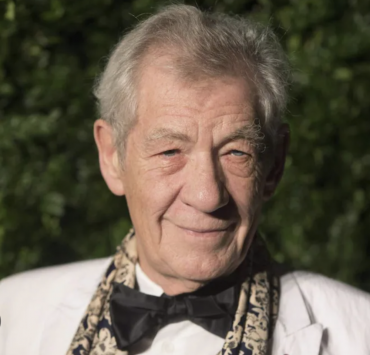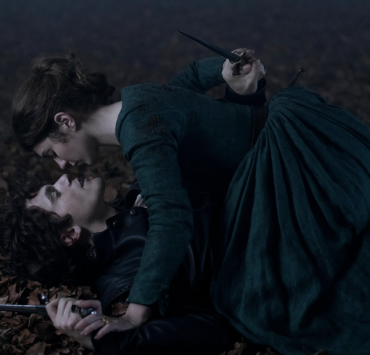New docu takes a peek into life of designer Diane Von Furstenberg

With the release of several limited series on fashion figures like Christian Dior, Karl Lagerfeld, Cristobal Balenciaga and Halston (starring the perfectly cast Ewan McGregor as Roy Halston), there seems to be a growing interest on what goes on behind the scenes at designers’ ateliers. The newest one, released on June 25 and now streaming on Disney+, is a 90-minute documentary on Belgian designer Diane Von Furstenberg.
Using a combination of new and existing interviews, as well as numerous old photos presented scrapbook style, directors Trish Dalton and Oscar-winning Pakistani filmmaker Sharmeen Obaid-Chinoy have come up with a docu that gives a peek into the remarkable life of the designer known by her initials, DVF.
“Diane Von Furstenberg: Woman in Charge” is different from the featurized series on the four male designers for the main reason that she is still alive and well. The others have since passed away and had no say in the way their lives were portrayed, sometimes messily, onscreen.
At one point during the docu, the outspoken Von Furstenberg—who had several cameras trained on her while being interviewed—asks if they really want to shoot her from “this angle.” She candidly answers all the questions, including the time she experimented with bisexuality with a classmate while at boarding school but demurs when she talks about her late husband, German prince Egon Von Furstenberg. Sense of fearlessnessShe married the prince when she was only 22 and pregnant with their daughter Tatiana. They would go on to have another child, a son named Alexandre, but divorce soon after. Von Furstenberg compares the divorce to freedom and credits her mother for instilling in her this sense of fearlessness and independence.
Her mother, Lily Nahmias, is mentioned many times throughout the docu. She survived after 13 months spent in the German Nazi death camps at Auschwitz and Ravensbruck during the World War II and is the only reason why Von Furstenberg is alive.
When Nahmias was released, she weighed 49 pounds and had to be fed tiny amounts of food—“like a bird”—until she regained her strength. She got married after the war, but was told by a doctor that she would not be able to bear children given her fragile state.
Feeling of invincibilityIn her 2014 autobiography, “The Woman I Wanted to Be,” Von Furstenberg recalls how her mother used to tell her, “God has saved my life so that I can give you life.” Knowing this and being reminded of it as a child growing up perhaps gave Von Furstenberg a feeling of invincibility.
Without knowing anything about the business of fashion, she came up with wraparound tops inspired by those worn by ballerinas. With the fusing of a skirt, they would later evolve into the wrap dress that quickly became a closet staple and is still being worn by women 50 years later. “Woman in Charge” might seem very different from director Obaid-Chinoy’s 2012 Academy Award-winning documentary “Saving Face” about acid attacks on women and their struggle for justice.
In an interview with NPR, she recalled how, as the eldest of six siblings, she was “that annoying child” with so many questions. Exasperated, her mother told her to go and pester someone else. This led to her writing a letter to the editor of an English-language newspaper in Pakistan and offering her services.
“I think I was 14 … I said, ‘Hi, I’d like to start writing for the newspaper.’ By the time I was 17, I was doing investigative reporting. I think that from print, there was a natural trajection to filmmaking,” Obaid-Chinoy told NPR. “I think I was always a storyteller.”
“Diane Von Furstenberg: Woman in Charge” is now streaming on Disney+. INQ
















